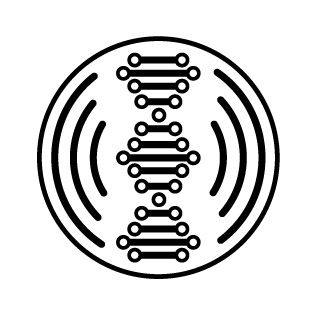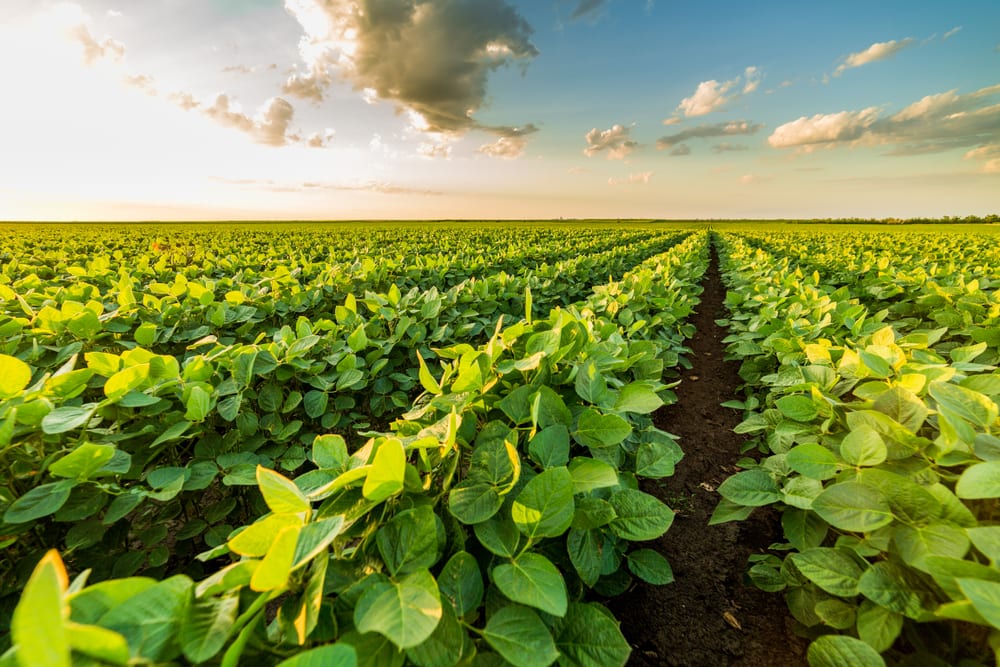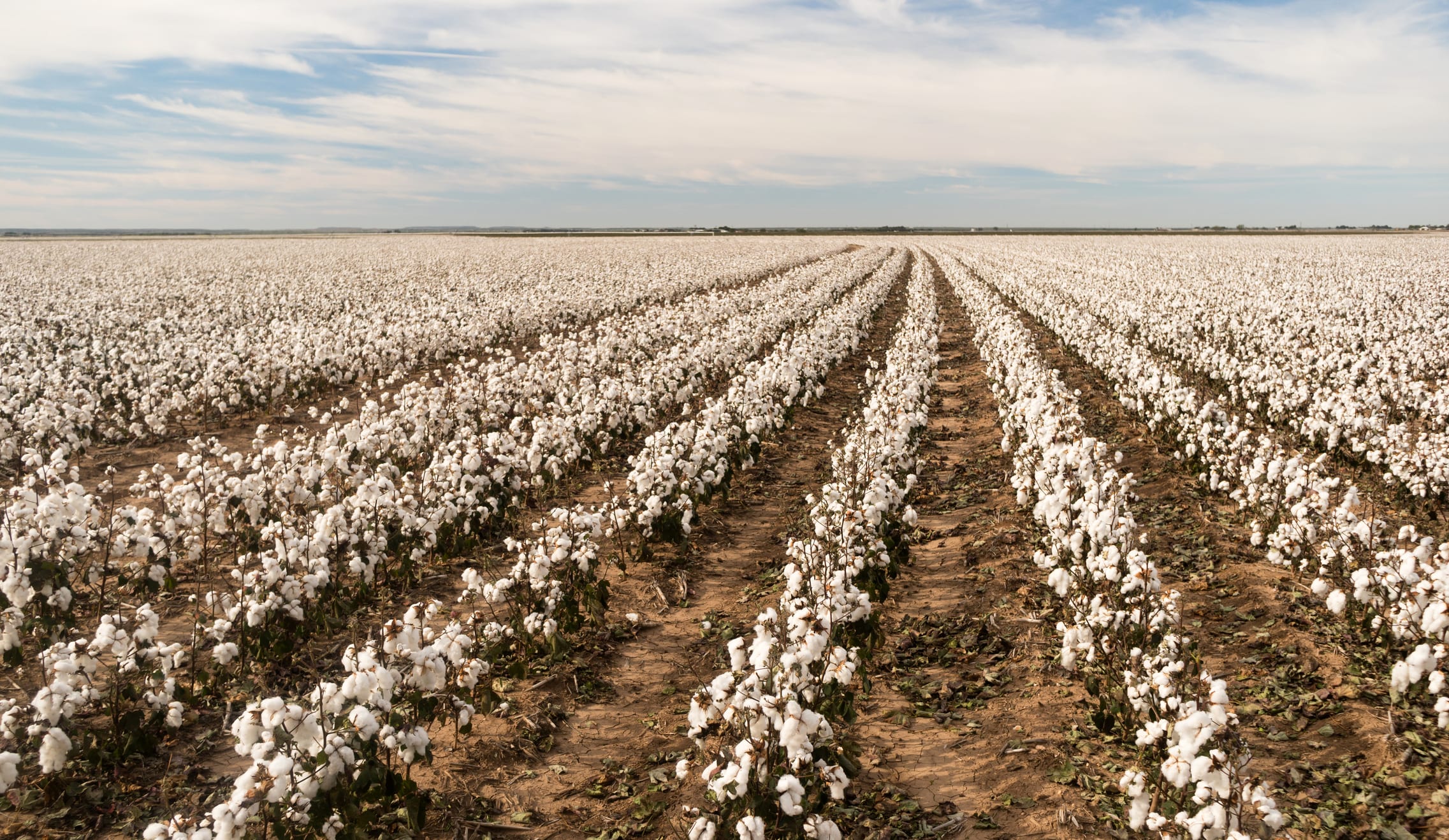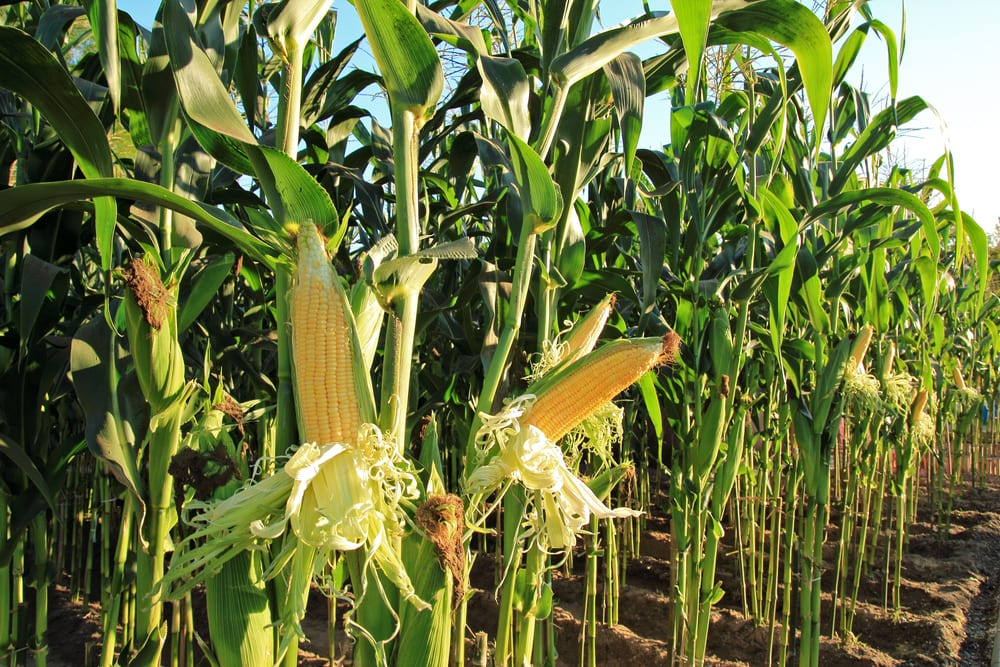“GMO,” “GM foods,” “genetically engineered”… what do these terms mean?
GMO stands for “genetically modified organism.” These are plants, animals, or other living things whose genetic material (DNA) has been altered by humans using a technique that mimics a process found in nature—a process in which one organism is able to splice its DNA into that of another. The technique is referred to as genetic engineering.
Genetic engineering makes it possible to select individual genes from one organism and transfer them to another—even between species that aren’t related—giving new properties to the organism on the receiving end. Genetic engineering has been used in agricultural crops since the 1990s. Beginning in 2020, food products sold in the United States that contain genetically engineered ingredients are required to be labeled as “bioengineered,” but are often called GM foods informally.













